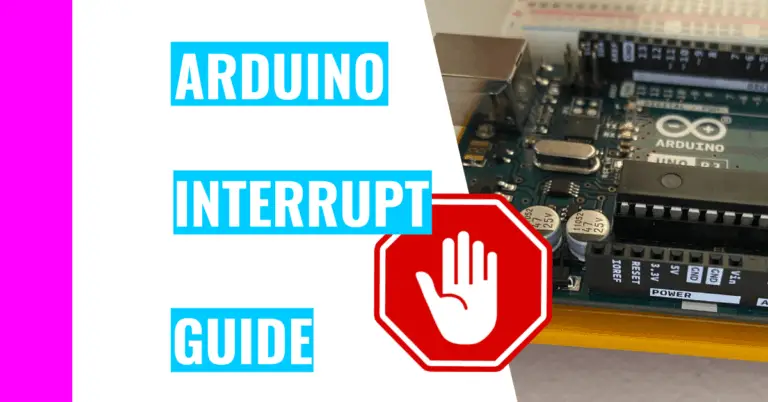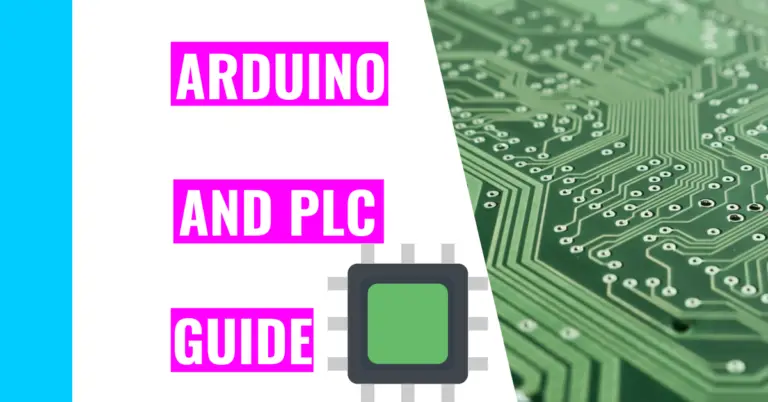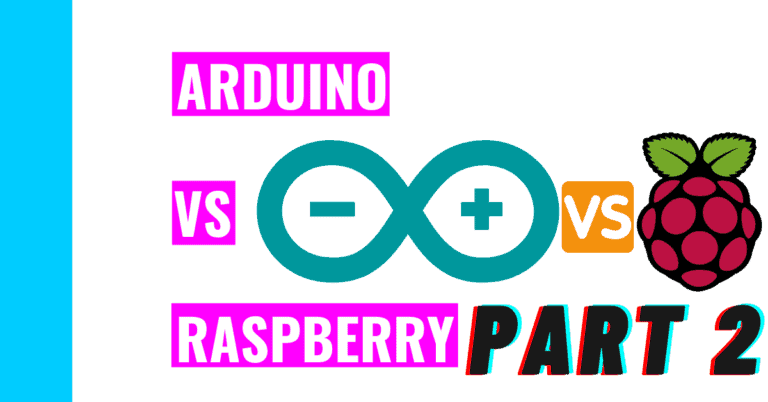How To Tell If You Have A Fake Arduino (And Why It Matters)
Caveat emptor or “Let the buyer beware” should always be on your mind when making purchases. No one, including me, wants to be swindled out of their money. Of course, this also applies to Arduino users when they purchase Arduinos. For some beginners, they don’t know whether or not they’ve purchased an authentic Arduino or not, so this guide will help you figure it out.
Now, let’s answer the question:
How Do You Tell If Have A Fake Arduino?
A fake Arduino would have the following characteristics:
- Unusally low price
- Strange packaging
- Poorly printed logo
- Weird color scheme
- Hardware issues
- Programming issues
- Abnormal font size and design
Let’s break down what each factor means.
Unusually Low Price
If you buy an Arduino board that’s in the price range of 2 to 10 dollars, there is a high chance that you’ve purchased a fake.
That’s because a typical Arduino board normally costs over $20. For example, the Arduino Uno Rev 3 costs around $23 (at the time of writing).
This makes sense because when you choose to buy something at a lower cost, you are sacrificing quality. Cheaper products usually are made with cheaper products, which means they have more problems, have a shorter lifespan, and are made with cheaper, low-quality components.
If you want to make sure you buy an Arduino board from the Arduino company itself, you need to go to the official Arduino store to purchase the board.
Truthfully, the price tag on the Arduino site may seem daunting and off-putting. Still, an official Arduino board is definitely worth the price, and I’ve talked about it before in my article on why Arduino is so expensive.
If money is an issue for you, I would recommend purchasing a clone, such as the Elegoo Uno Rev 3 instead of the Arduino Uno Rev 3. It’s a little cheaper, and the quality and functionalities are almost the same.
What the difference between a clone and a fake?
In terms of varying quality, the lowest quality Arduino board is a fake. The next tier up (in terms of quality) is the clone, and the original Arduino board is a tier above the clone.
This basically mean that clones are usable and more reliable than fakes. A fake’s main goal is to cut corners and sacrifice quality.
Strange Packaging
Just like the Arduino board, the packaging for which your Arduino board arrives in should also be of high quality. If it doesn’t, then it is unlikely that your Arduino board is authentic. For example, if it arrives in a plastic Ziploc bag, then it is very likely that your board is fake.
Moreover, you should see a little folded up paper that thanks you for purchasing a board from their company. You can see what it looks like in the picture below:

Poorly Printed Logo
As you can see from the picture above, the proper Arduino logo is printed in addition to the model of the Arduino board (Uno R3).
Other fake boards won’t put in the effort, and you might not even see the Arduino logo. If you do, it is usually of bad quality, which may include a logo with rough edges (instead of a smooth curve) and the word “Arduino” underneath won’t match perfectly with the width of the logo.
A clone like the Elegoo Uno R3 may just have a board with a completely separate logo design.
Weird Color Scheme
Many of the popular Arduino boards created by the Arduino company uses the color teal. Any colors other than this may signal a fake.
A blue-colored Arduino board are often fake. Any other slight variations of green that isn’t teal is also unlikely an authentic board.
Moreover, it is highly unlikely that fakes will sell a teal colored Arduino board because the blue ones are much cheaper. It is also very expensive for them to change the colors in order to convince you.
Hardware Issues
Because of the low quality components used to make the board, it is very likely that it will break down.
For example, a fake board has sloppy soldering, and it’s uneven. This is because the fake board is created by hand, and there can be marks made on the board due to human error. If it was an authentic board, there would be smooth soldering.
Even the words printed on the board that label the pins may be poorly designed and printed. That’s because the manufacturers will take the time to put in the extra effort, while fakes are created quickly without the user’s experience in mind.
Programming Issues
Besides hardware problems, you can also encounter programming issues with fake boards. Understandably, you may encounter a few issues with a real board, but you will face more frequent problems with a fake one. These problems include:
- Issues uploading your sketch to your board
- Board not recognized in the IDE
- Analog and digital pins don’t work properly
- Problems connecting with other shields and modules
- Other issues involving the use of other programs (besides the IDE) with your board
You can also encounter a few of these issues with clones, but you can easily resolve them by doing a quick Google search.
Abnormal font size and design
Those who create counterfeit Arduino boards have a hard time matching the font style and size of an actual Arduino.
For instance, you may see the word “Arduino” italicized and/or bolded on fake boards. Moreover, you might see the “TM” symbol next to the infinity logo on fake boards whereas authentic boards have the “R” in a circle symbol.
Should You Buy An Authentic Arduino Or A Fake One?
You need to avoid fake Arduinos at all time! If you’re going to buy an Arduino, buy one from the Arduino store. If you can’t afford it, purchase a clone since it’s a tier slightly lower in terms of quality.
Truthfully, fake Arduinos are still functional, but they don’t last as long. Moreover, you’re experience would be greatly diminished because you’ll be encountering hardware and software problems all the time. As I’ve mentioned before, this is due to the poor quality of materials being used. An authentic Arduino is more reliable and provides a more enjoyable overall user experience.
If you want other alternatives besides buying a physical board, I’d consider checking out an Arduino online simulator. It’s great, and I’ve written an article all about Arduino simulators.
Summary – tl;dr (Too Long; Didn’t Read)
For those who want the main points of the article, here’s what you need to know:
- Choose the authentic Arduino board, not a fake. If you can’t afford an original, buy a clone since it’s more reliable than a fake.
- You can tell your Arduino is fake if:
- It was cheaper than normal when you bought it.
- The board color is not teal.
- The logo design looks unprofessional.
- The font style are low resolution, italicized, or bolded.
- You encounter a lot of hardware and/or software problems.
- It arrived in low-quality packaging.
In the end, I hope you’ve understood whether you have a fake Arduino or not. If you do have a fake, I’d real-ly recommend you to purchase a real one (or a clone) for a better use experience!






